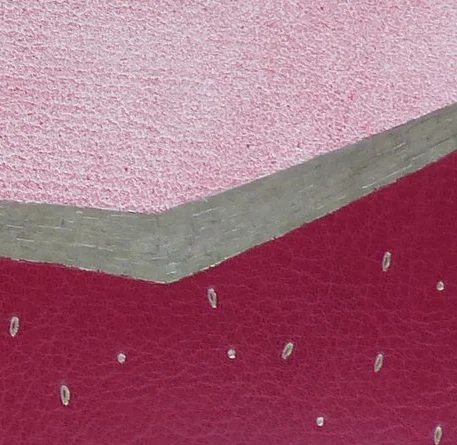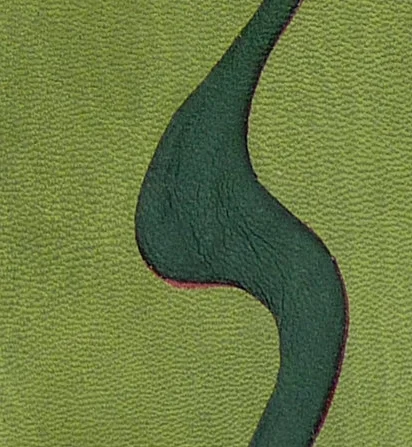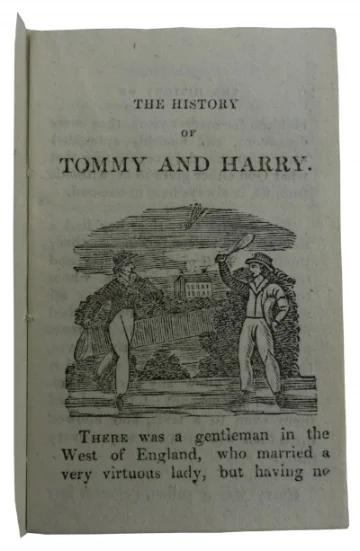
3
Matriarch of the Forest

2
The Helen Fragments

3
The Safe Keep

3
Providence Improved

3
Pollen

2
Of Mice and Men

4
Tom Thumb

2
Goethe's Poetry

10
Happy Abstract

5
Hokusai

3
The Book of Revelation

2
The Gardener's Song

1
The Illustrated Man

4
The History of Tommy and Harry

3
EMILY DICKINSON

1
THE NEW HOUSE

1
THE BOOK I'VE READ BEFORE

1
A Shropshire Lad

1
SLATE PANEL

1
VITA NUOVA

5
Venus and Adonis

1
SWEET THAMES RUN SOFTLY

1
BREAKFAST AT TIFFANY'S

1
THROUGH THE WOODS

2
Betjeman Poems

3
Goethe's Poetry
0
New Page































































